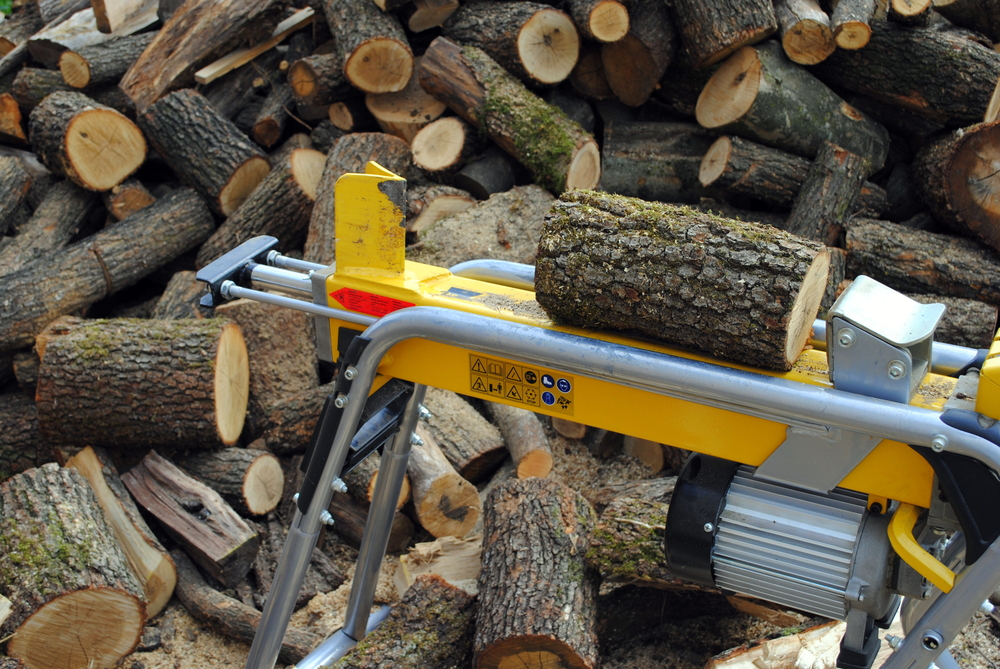Is your log splitter showing signs of wear and tear? Have you often wondered how to extend its lifespan and maintain its efficiency? Or perhaps you’re a new owner looking for guidance to better care for your machinery? Welcome, my dear readers, to a comprehensive guide specifically penned to answer all your questions about log splitter maintenance. In this edition, we’ll take you through myriad tips and tricks that are sure to add longevity to your log splitter while ensuring it continues to function like a newly bought machine.
The significance of a well-maintained log splitter can never be overstated. Regularly serviced tools not only last longer but work with heightened efficiency, saving you hours of back-breaking work. Just as you wouldn’t ignore the service schedule of your vehicle, overlooking the maintenance of your log splitter could lead to untimely breakdowns and decreased performance.
Stroll with me down this guided path as we explore the best practices that can be easily implemented at home to extend the life of your log splitter. By the time we wrap up, you’ll be equipped with the knowledge of effective maintenance routines that’ll make you the talk of the town among your DIY friends.
Understanding the Import of Routine Checks
Routine checks form the cornerstone of any maintenance regimen. Neglecting this crucial step leaves your log splitter vulnerable to silent deterioration. But what should you look out for during these inspections?
Start by checking the nuts and bolts of your machine. Loose pieces can hamper operational efficiency and pose a safety hazard. Speaking of safety, inspect the controls and safety features for any signs of malfunctioning. Lastly, take a gander at the hydraulic oil level and the conditions of the engine parts.
Integrating routine checks into your schedule not only helps keep the machine in tip-top shape but also reduces the risk of unexpected malfunctions. Follow this religiously and your log splitter would thank you, if it could!
Why Regularly Changing Hydraulic Fluid is Critical
Have you wondered why your log splitter isn’t splitting wood as seamlessly as it used to? It could be down to the state of your hydraulic fluid.
Hydraulic fluid, the lifeblood of your machine, facilitates the entire operation. Over time, it can degrade and accumulate impurities, leading to a decline in your log splitter’s performance. Change this fluid every 100 hours of operation to maintain optimal functioning and prevent potential damage.
Remember to exercise caution when changing the fluid. Spilling it could lead to ground contamination and environmental harm. Proper handling is key in ensuring both machine longevity and upholding ecological integrity.
The Significance of Sharpening The Wedge
The potency of a log splitter lies in a sharp wedge; after all, it’s responsible for the actual splitting. Over time, the wedge can dull due to continuous usage, resulting in less effective splitting.
Sharpening ensures that the wedge maintains its cutting edge, thus facilitating enhanced performance. It’s recommended to sharpen the wedge at least once a year depending on use. However, the frequency may increase if subjected to heavy-duty work.
Remember – a well-sharpened wedge isn’t just about performance. It also contributes to safety by minimizing the risk of the log getting stuck or the log splitter behaving erratically.
Cons of Neglecting Regular Maintenance
Neglecting regular maintenance might save you some immediate effort, but the long-term implications can be detrimental.
A neglected log splitter is prone to numerous problems – everything from minor operational inefficiency to catastrophic failure is on the table. You may find it taking longer to split logs, consuming more power, or worse still, refusing to work altogether.
Moreover, a poorly maintained machine is a safety hazard, with an increased risk of accidents. Turning a blind eye to maintenance isn’t merely about compromising productivity, but potentially endangering oneself and others.
Pros of Regular Maintenance
On the other hand, regular maintenance is your win-win ticket to machine longevity and top-notch performance.
An efficiently running machine saves time, reduces power consumption, and minimizes the risk of sudden breakdowns. In the long run, it prevents unnecessary expenditure on expensive repairs or replacements.
Furthermore, well-maintained machines are safer, ensuring you can enjoy splitting logs without compromising personal safety. Maintenance may seem laborious, but its benefits are truly extensive.
Conclusion
Keeping your log splitter in prime condition doesn’t require magic; it simply asks for a disciplined approach to maintenance. By engaging in routine checks, changing your hydraulic fluid regularly, and ensuring your wedge remains sharp, you’re well on your way to securing an extended life for your log splitter.
Neglect comes with its own set of consequences – inefficiency, breakdowns, and even safety risks. Being proactive, on the other hand, saves you time, effort, and money, all while prioritizing safety.
In the DIY world, tools like the log splitter are akin to loyal friends – they help us in times of need. It’s only fair we reciprocate with a little tender loving care. Happy maintaining!

